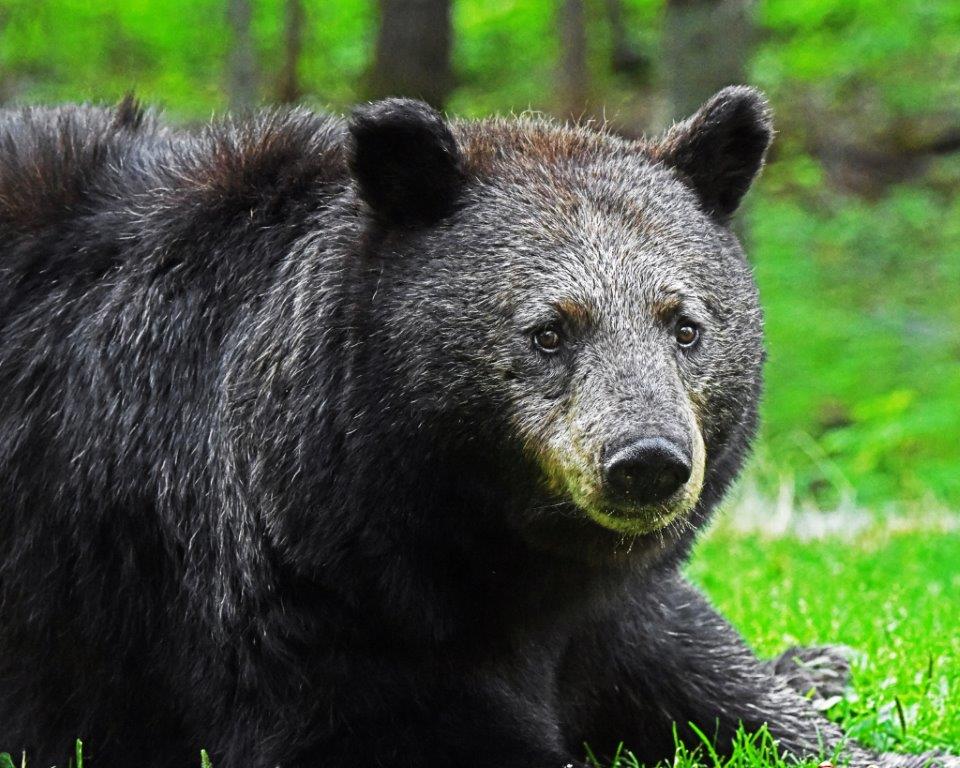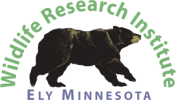Drought, Fire, and Bears - UPDATE August 21, 2021
 34 year old shadow on July 1, 2021
34 year old shadow on July 1, 2021
From April 16 through the end of July, Ely records show only 3.49 inches of rain rather than the usual 12. Precipitation has been only 29% of usual. The drought has continued into August, but I have not seen the monthly record yet.
The sun rises red and sets red. Smoke is in the air. The two main roads from Ely to the north shore of Lake Superior are closed because of fires. And today, the U. S. Forest Service announced something that I think is a first. It closed the entire Boundary Waters Canoe Area Wilderness for at least a week.
I remember what happened to the bears in a similar drought in 1985. Most cubs and yearlings died from starvation in forests that offered shriveled berries or none at all. As starving bears sought food near people’s residences, nuisance complaints became the highest in DNR records—a record that still stands. Many were killed. Each night that summer, I went to sleep hearing gunfire.
Bears were ranging farther in search of food than I’d ever seen. Three radio-collared bears that had peacefully spent their lives in the Boundary Waters Canoe Area Wilderness near the Canadian Border were killed on the outskirts of Duluth. The drought and lack of food extended far up into Canada. We not only had our resident bears, we undoubtedly had far-ranging bears from Canada. I had never seen so many bears.
Then came hunting season in September. By that time, more bears had already been killed that are typically killed during the hunting season. We worried desperately hungry bears would go to hunters’ baits in unusual numbers. They did. Hunter success was three times higher than the average, and the devastated bear population had another blow coming. Famished mothers-to-be were unable to maintain pregnancies, and few cubs were born that winter.
With problems rampant throughout the region, three areas remained nearly trouble free. One was a 10-mile radius around the huge Grand Marais garbage dump where DNR Wildlife Manager Bill Peterson told me he had only one complaint—a bear sleeping in someone’s yard. No house break-ins. No fearful residents complaining about the number of bear sightings, etc. The second trouble-free area was my study area where I was conducting a highly successful diversionary feeding experiment. The third trouble-free area was Eagles Nest Township where people had long fed bears. A newspaper article about that area began by saying: “There have been a lot of problems with bears in and around Ely this year, tipping over garbage cans and getting into gardens, but south of town, on Armstrong Lake the bears just aren't interested in causing problems. The main reason is that the bears are being served at an outdoor restaurant, owned and operated by Ed Orazem.”
Diversionary feeding in the Eagles Nest area worked and has consequently continued to this day. We have been studying the situation since the mid-1990’s. These last two years of drought have been an amazing test. The traditional feeding and the resulting minimization of problems has made many residents grateful to those whose feeding is keeping some of the oldest bears in Minnesota alive and out of trouble.
Elsewhere in the region, bears are being seen in areas where they usually are not. I got an interesting question along that line that I’ll answer in the next update.
Thank you for all you do.
Lynn Rogers, Biologist, Wildlife Research Institute and North American Bear Center

